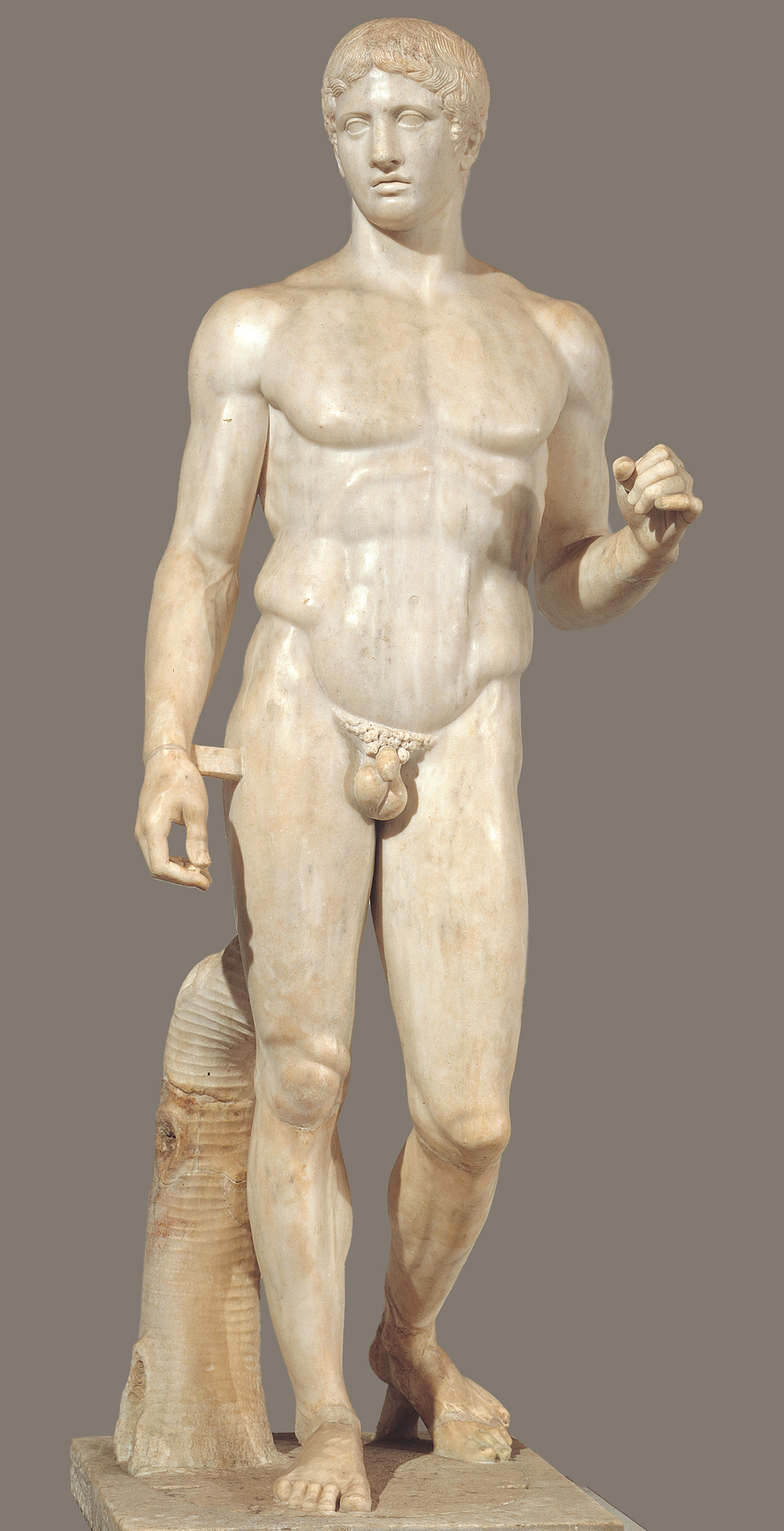“The Romans may have conquered the Greeks in terms of politics but the Greeks have conquered the Romans in terms of art.”
I think it wasn’t just the Greeks and the Romans
who affected each other in their own ways but also the world. Most of the
things today can be said to be influenced by the Classical era. Politics,
academics, sports, and of course, art. They have made such an impact in the
past and they still do up to this day.
Let’s talk about GREECE first :)
I could say that this topic is kinda close to my
heart since I was once fond of Greek mythology because of Percy Jackson. I’ve
read the whole series so I already have some ideas about the Greek stuff and
it’s easier for me to relate to this lesson now.
The Greeks believed in four –isms. Humanism (humans are the center of the universe),
rationalism (knowledge comes from reason alone), naturalism (accurate
depiction of detail), and idealism
(pursuit of perfection). These were
the inspirations for the kind of art they had.
The Geometric period didn't show much naturalism
and idealism yet. It featured people in its art but the figures were neither
realistic nor idealistic. One example of an artwork here is a Dipylon
vase called “Women Working On A Loom.” As the period’s name suggests, this vase
had geometric patterns on it and it tells of how the women back then lived –
doing basketry, weaving and also ceramics. The Archaic period, however, started
to have some sense of realism and idealism. Some proofs are “The Dying Warrior”
and “The Fallen Warrior,” two sculptures placed on the pediments of the Temple
of Aphaea. A smile can be seen from these two and it is called the “Archaic
smile.” The Greeks used this a lot to suggest that their subject was alive, and
infused with a sense of well-being. To viewers habituated to realism, the smile
is flat and quite unnatural looking, although it could be seen as a movement
towards naturalism. (^Wiiikipedia :)
 |
| "The Dying Warrior" wearing his Archaic smile I mean, who the heck smiles while they're dying?! Lol |
The classical period was when the famous Diskobolos (Discus Thrower) was made which became a proof of when the Olympics started. This sculpture showed (i) perfect balance between realism and idealism, meaning it looked perfect but still made sense for it to be called “realistic,” and (ii) the most important development in the classical art – movement. The Parthenon is also a memorable architecture in this era. It was made by Ictinus and Callicrates in honor of Athena the goddess and it had a huge sculpture of Athena inside it made from ivory and gold by Phidias. If it is viewed from afar, its column lines would look straight but actually that is just an illusion and the lines aren’t really straight. Hmm, I just found that confusing but it’s actually real. Haha! More examples of classical sculptures are:
“The Three Goddesses” also made by Phidias, very
realistic, you can actually see the folds of the clothes;
“Doryphoros” by Polykleitos, showed the famous counterpose (weight on the right leg)
and is a perfect expression of symmetria;
“Hermes and Dionysus” and “Apoxyomenos” from the
late classical period, these sculptures showed more stories and were more
naturalistic;
“The Dying Gaul” and “Aphrodite de Melos” from the
Hellenistic period, expressed inner emotions.
Let’s talk about ROME :)
Now, now. Don’t think negatively about them just
yet (cause this is what I usually did
when talking about Greece and Rome, I feel so sorry now, okay). Even though
they had this reputation of being “mere imitators” of Greeks they actually did
a good job in their art especially in architecture. They made structures not
just for display purposes but for function and form, too. One of the most
amazing innovations they did is the use of concrete
in replacement for cut stones. Can I just say...that is genius! :) They
also adopted the Ionic order and post-and-lintel but made it better by
improving arches to domes.
I guess when talking about Rome, the first thing
people would think of is the Flavian Amphitheatre or more popularly known as
the “Colosseum.” I already knew that it was originally built for entertainment,
festivals and such, but was later used for notorious events like sadistic
contests between animals and gladiators BUT what I didn’t know about was the
giant gargantuan canvas that can be
hoisted across the whole place when the sun’s too hot or the rain’s pouring. I
just think it’s cool :)
So there you have it, classical art! (Ta-da!) This era was like the “trigger”
of Renaissance art, too, so watch out for the comparisons on the next entries. Ciao!
(on Classical Art)
images from Google
(on Classical Art)
images from Google
- 4:55 PM
- 0 Comments











